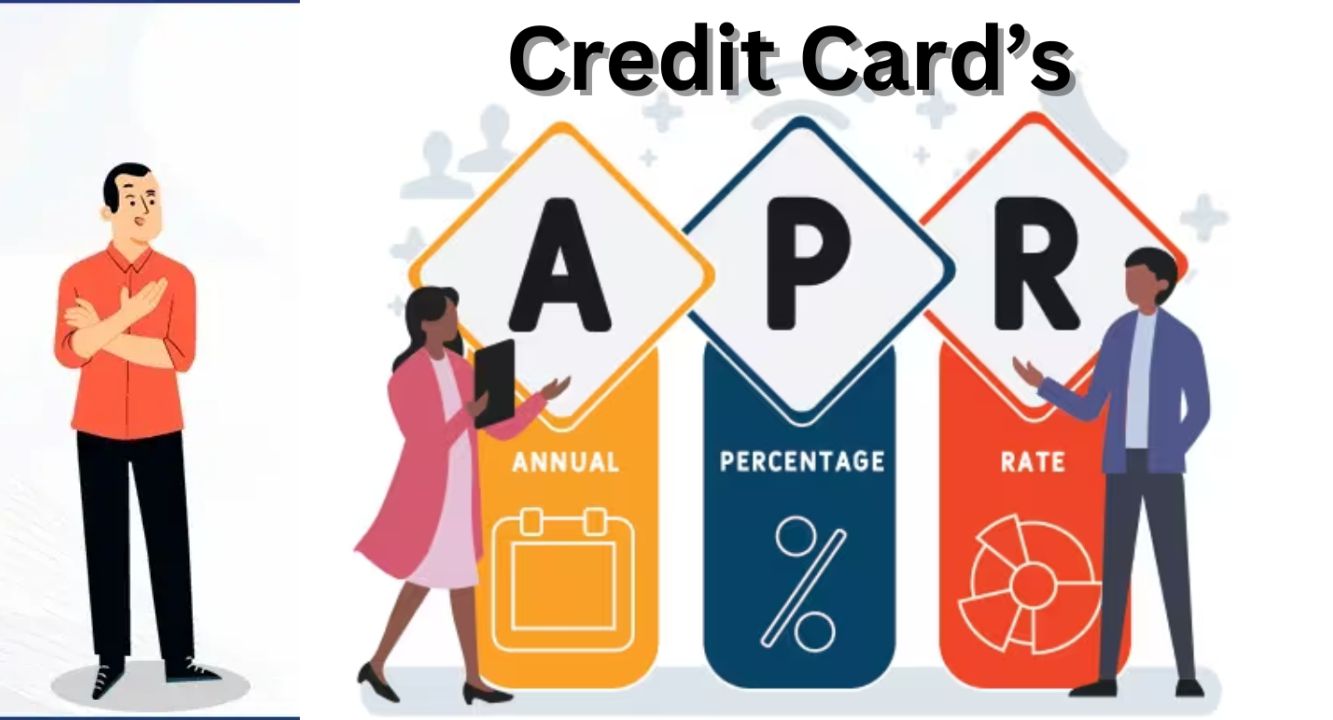When you use a credit card, one of the most important things to understand is the APR (Annual Percentage Rate). Many people sign up for a card without realizing how much they might pay in interest if they carry a balance. This lack of awareness can lead to mounting debt.
If you’ve ever asked yourself, “How is APR calculated on my credit card?”, this guide is for you. We’ll break down everything in simple, easy-to-follow steps—so you know exactly how your APR works, how to calculate it, and how you can reduce it.
What Is APR on a Credit Card?
The APR (Annual Percentage Rate) is the yearly cost of borrowing money on your credit card. While it sounds complex, it’s essentially just the interest rate applied to any balance you don’t pay off in full each month.
For example:
- If your APR is 20%, and you carry a balance of $1,000, the bank charges interest at that rate (calculated daily, then added monthly).
- If you pay your bill in full before the due date, you usually avoid interest altogether.
👉 Key takeaway: The higher your APR, the more expensive it is to carry a balance. That’s why understanding how to calculate it is crucial.
Why Does APR Matter?
Many credit card users underestimate how quickly interest adds up. For instance:
- A $1,000 balance at 20% APR can cost you over $200 per year if unpaid.
- If you only pay the minimum amount, that debt could take years to clear, with most of your payments going toward interest.
APR isn’t just a number; it’s the real cost of using credit cards. Comparing APRs can help you pick the right card, and knowing how it works helps you stay debt-free.
Types of Credit Card APR You Should Know
Not all APRs are the same. Most cards have different interest rates depending on how you use them:
- Purchase APR – The standard interest rate applied to everyday purchases if you don’t pay your full balance by the due date.
- Cash Advance APR – A much higher rate charged when you withdraw cash from your credit card. Interest usually starts immediately with no grace period.
- Penalty APR – A steep rate applied if you miss payments. This can be up to 29.99% or more.
- Introductory APR – Some cards offer 0% APR for a limited time on purchases or balance transfers. After that period, the regular APR kicks in.
Step-by-Step: How to Calculate APR on a Credit Card
Let’s now walk through the actual process of calculating your credit card APR.
Step 1: Find Your Daily Periodic Rate (DPR)
Your bank converts the yearly APR into a daily rate since interest compounds daily.
Formula:

Example:
- APR = 20%
- DPR = 20 ÷ 365 = 0.0548% per day
Step 2: Calculate Your Average Daily Balance (ADB)
The bank doesn’t just use your balance from one day. Instead, it calculates the Average Daily Balance across the billing cycle.
Formula:

Example:
- Day 1 balance: $900
- Day 2 balance: $1,000
- Day 3 balance: $1,100
- Average (3 days) = $1,000
Step 3: Multiply DPR × ADB
Now, the bank calculates your daily interest charge.
Example:
- DPR = 0.0548%
- ADB = $1,000
- Daily Interest = 0.000548 × 1000 = $0.55 per day
Step 4: Find Monthly Interest
Finally, the daily charges are added for the entire billing cycle.
Example:
- Daily Interest = $0.55
- Billing Cycle = 30 days
- Interest = 0.55 × 30 = $16.50
So, at 20% APR, carrying a $1,000 balance would cost about $16.50 per month in interest.
Example: Full APR Calculation
Imagine you have a credit card with 20% APR and an average balance of $2,000 for one month:
- Step 1: DPR = 20 ÷ 365 = 0.0548%
- Step 2: ADB = $2,000
- Step 3: Daily Interest = $2,000 × 0.000548 = $1.10
- Step 4: Monthly Interest = $1.10 × 30 = $33
That’s how much you’d pay in one billing cycle just in interest. Over a year, that’s nearly $400.
How to Reduce or Manage APR on a Credit Card
The good news? You don’t have to be stuck paying high APR forever. Here are strategies to lower your interest costs:
- Pay Your Balance in Full
The best way to avoid interest is to pay your balance by the due date. Most cards offer a grace period where no interest is charged. - Negotiate with Your Card Issuer
If you have a history of on-time payments, call your issuer and ask for a lower APR. Many companies are willing to reduce it to keep loyal customers. - Improve Your Credit Score
A higher credit score = better offers. Work on reducing debt, paying bills on time, and lowering credit utilization. - Use Balance Transfers
Some cards offer 0% APR for 12–18 months on balance transfers. This gives you breathing room to pay down debt without interest. - Avoid Cash Advances
These carry extremely high APRs and no grace period. Stick to purchases whenever possible. - Make More Than the Minimum Payment
Paying only the minimum means most of your money goes toward interest. Even a small extra payment can reduce overall costs.
Common Mistakes People Make with APR
- Assuming APR is monthly – It’s annual, but calculated daily.
- Ignoring penalty APRs – A missed payment can skyrocket your rate.
- Not comparing cards – Always compare APRs before choosing a credit card.
- Focusing only on rewards – Cashback and miles mean nothing if you’re drowning in interest.
FAQs About Credit Card APR
Q1. Is APR the same as interest rate?
Yes, though APR sometimes includes additional fees, for credit cards it usually refers to the interest rate.
Q2. Does APR matter if I pay in full every month?
No. If you always pay your full statement balance by the due date, you won’t pay interest.
Q3. What is a good APR for a credit card?
It depends on your credit score, but 15% or lower is generally considered good.
Q4. How can I check my card’s APR?
You can find it in your credit card statement or online account under “Interest Rates & Fees.”
Q5. Can APR change over time?
Yes. Most credit cards have variable APRs, which fluctuate based on the prime rate and your credit profile.
Final Thoughts
Understanding how to calculate APR on a credit card empowers you to make smarter financial choices. While credit cards are convenient, high interest rates can turn them into debt traps if you’re not careful.
Here’s the quick formula recap:
- DPR = APR ÷ 365
- ADB = Average balance in billing cycle
- Daily Interest = DPR × ADB
- Monthly Interest = Sum of daily charges
By following these steps, you can predict your costs, avoid surprises, and take action to reduce your APR burden. Whether it’s negotiating with your bank, improving your credit score, or paying in full every month, smart credit management ensures your card works for you—not against you.
Read Also:

